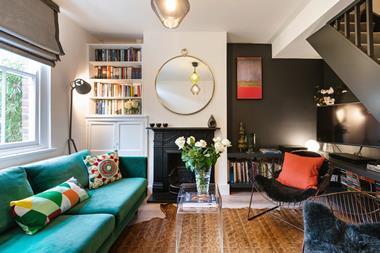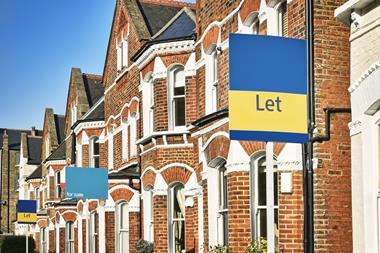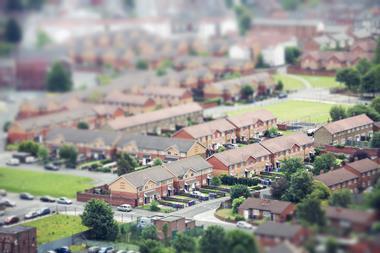London remains the most expensive place in Britain for home insurance
Customers are paying 3.1% less for home insurance in comparison to four and a half years ago, Consumer Intelligence reports.
Average home insurance costs remained unchanged in the year to July with inflation increases of 0.3% to £132 and premiums falling to 2.6% over the past six months.
But Londoners pay the highest annual premiums of £173, an increase of 5.2% over the last 12 months making it the most expensive place in Britain to buy household insurance.
The data analytics company looked at home insurance premiums across the UK by region. It found that these reductions had a knock-on effect filtering through to lower bills whilst fuelling further competition amongst insurers.
The East Midlands has also seen a rise of 2.6%, significantly less than London.
Meanwhile Wales had the largest reduction of 2.7% with the North East (1.7%) closely following. Both have witnessed the fastest falling prices.
North-south divide
Consumer Intelligence said it signals that “something of a north-south divide is materialising” as four regions closest to London saw a slight increase, with the rest of the UK observing falls to average home insurance premiums.
John Blevins, pricing expert at Consumer Intelligence explained: “Differences in regional prices are based on claims experience which is influenced mainly by crime rates and particular local incidents such as the impact of bad weather with London and the East Midlands the biggest exceptions to the general reduction in prices.”
He said :“We’ve recently seen both LV= and Admiral talk about adverse weather impacting profits, but it’s not yet manifested itself into premium rise.”
Insurers, Legal and General announced a loss profits in H1 this year as a result of the Beast from the East.
The research found that postcodes in the South East (£133) and Yorkshire and Humber (£135) attracted premium’s higher than the national average of £132.
Whereas the South West (£117) continues to hold the title of “cheapest home insurance.”
He added: “Home insurance premiums peaked in December last year and have been falling ever since with a very competitive market ensuring prices are fairly static.
“There have been warnings from some insurers about adverse weather claims hitting profits but that has not translated into premium increases and without any significant external factors such as tax increases claims experience will continue to dictate prices.”
| REGION | CHANGE IN YEAR TO JULY | AVERAGE PREMIUM (FIVE CHEAPEST) |
|---|---|---|
|
London |
+5.2% |
£173 |
|
East Midlands |
+2.6% |
£128 |
|
South East |
+0.6% |
£133 |
|
West Midlands |
+0.4% |
£121 |
|
Eastern |
+0.2% |
£128 |
|
Yorkshire & The Humber |
-0.2% |
£135 |
|
North West |
-1.1% |
£129 |
|
Scotland |
-1.4% |
£129 |
|
South West |
-1.5% |
£117 |
|
North East |
-1.7% |
£120 |
|
Wales |
-2.7% |
£123 |
|
GREAT BRITAIN |
0.3% |
£132 |
It also found that there was some difference between generations in purchasing household insurance, premiums for under 50s peaked at 0.6% (£137) over a year whilst over 50s dipped to 0.2% at an average of £125.
In terms of when the property was built, it showed that Victorian properties (1850-1895) continued to be the most expensive to insure, it was newer properties built over the last 50 years which saw the biggest increase to premiums rising to 2.6%.
Moreover a recent survey by Which? found that customers that “stuck” with their insurance provider for over 20 years paid almost double.
Keeping ’cause and effect’ in mind
But director of home insurance (UK and Ireland), Jay Borkakoti at LexisNexis Risk Solutions said: ”Home insurance pricing is a function of many factors and variations in pricing could be driven by major cahnge in a few variables or a number of minor chnages adding up.
”When looking at the picture geographically, we need to keep cause and effect in mind.”
He questioned whether differentiation is actually due to the area itself and considers whether there has been a change in assesment of risk posed by a related factor such as older or newer housing.
He said that whilst the ”general downward trend in premiums is good to see from a consumer perspective.
”We need to remember that on average only around 5% of customers actually claim so the deeper your knowledge about the property, place, people and prior claims history being priced-the cheaper insurance should theoretically get for the vast majority of home insurance customers.”
Consumer Intelligence first began collecting data in February 2014, it’s used for the government’s Office of National Statistics to calculate official inflation.













































No comments yet